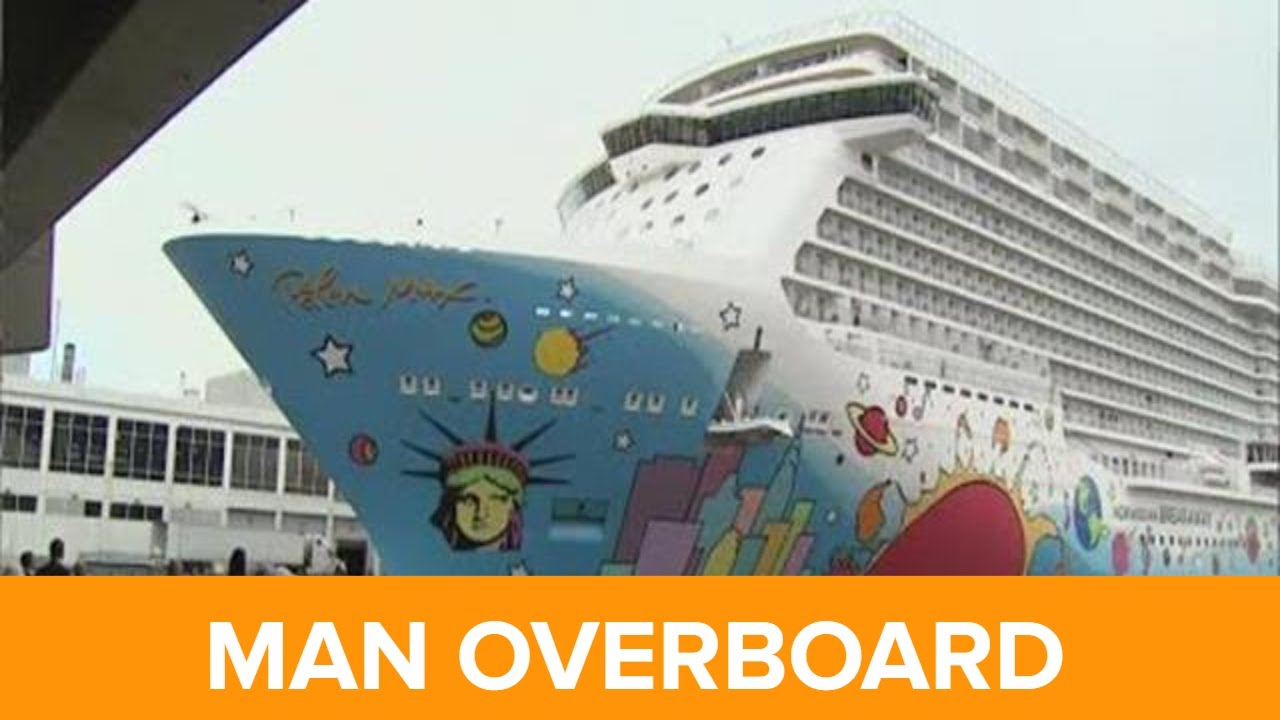Rescue team ends search for a man overboard from Norwegian. This tragic incident highlights the challenges faced by rescue teams in demanding maritime environments. We’ll explore the search operation’s timeline, the resources deployed, and the obstacles encountered, from challenging weather to the vastness of the search area. We’ll also delve into the details of the missing person, the search methodology employed, and the public’s response to this unfortunate event.
Understanding the specifics of this search and rescue operation allows us to learn from the experience and improve future responses to similar emergencies. We’ll examine the post-search analysis, including potential improvements to the rescue process and lessons learned for future operations. The case study provides valuable insights into the complexities of maritime search and rescue.
The Norwegian rescue team called off the search for the man overboard, a sad end to a desperate effort. It makes you think about the beauty of the Norwegian coast, though, and how easily things can change – one minute you’re enjoying a hike, like the one described in this awesome article about exploring deserted beaches and wild rivers: Deserted beaches, wild rivers and seaside chill: four days walking in.
The contrast highlights the unpredictable nature of the sea and the importance of safety precautions when venturing near water.
The Norwegian Man Overboard Incident: A Comprehensive Overview: Rescue Team Ends Search For A Man Overboard From Norwegian
The recent search and rescue operation for a man overboard off the Norwegian coast concluded without locating the missing individual. This report details the operation, highlighting the challenges faced, the resources deployed, and the subsequent analysis of the event. The aim is to provide a factual account of the events, offering insights into the complexities of such operations and potential areas for improvement in future responses.
The Search Operation Timeline and Resources
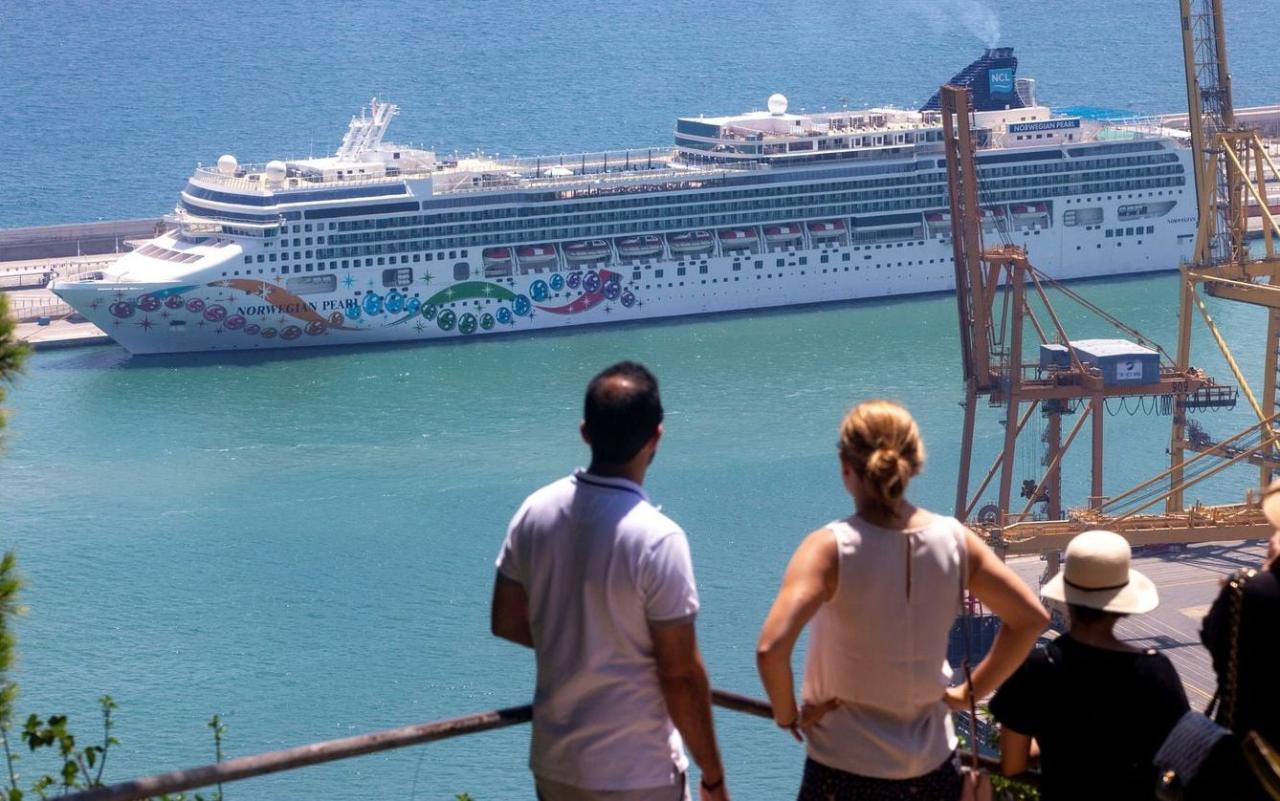
The search operation spanned three days, commencing immediately upon receiving the distress call. Phase one involved a rapid initial response utilizing nearby vessels and a coast guard helicopter. Phase two expanded the search area with the deployment of additional resources, including a fixed-wing aircraft and specialized dive teams. Phase three, initiated after 24 hours, focused on a more targeted search based on predicted drift patterns and potential debris locations.
Resources included several coast guard vessels, a maritime patrol aircraft, a helicopter, multiple trained rescue personnel, specialized underwater search equipment, and sonar technology. The challenging weather conditions, including high winds and choppy seas, significantly hampered visibility and access to certain areas.
So, the Norwegian rescue team called off their search for the man overboard – a pretty intense situation, right? It’s a stark contrast to the rather less dramatic, though still exciting, Brighton 0-0 Brentford: Julio Enciso misfires in stalemate at the Amex football match. Back to the rescue mission, though – hopefully, they’ve found some answers, even if it wasn’t a happy ending.
Challenges Faced During the Search
The operation faced several significant challenges. High winds and heavy seas reduced visibility, making the search for the missing person difficult. Strong currents in the area complicated the prediction of the man’s drift path, requiring constant recalibration of the search grid. The rugged and varied Norwegian coastline, with its numerous fjords and islands, presented navigational complexities and limited access for search vessels in certain areas.
The rapidly changing weather patterns also necessitated frequent adjustments to the search strategy.
The Search Area and Methods Employed
The search area encompassed approximately 100 square nautical miles, a vast expanse given the challenging conditions. The search utilized a combination of techniques, including visual searches from the air and sea, sonar scans of the seabed, and systematic grid searches by vessels. The search grid was dynamically adjusted based on the prevailing currents, wind patterns, and any potential debris sightings.
The team employed both systematic and opportunistic search patterns, adapting to changing conditions and new information.
Details Regarding the Missing Person
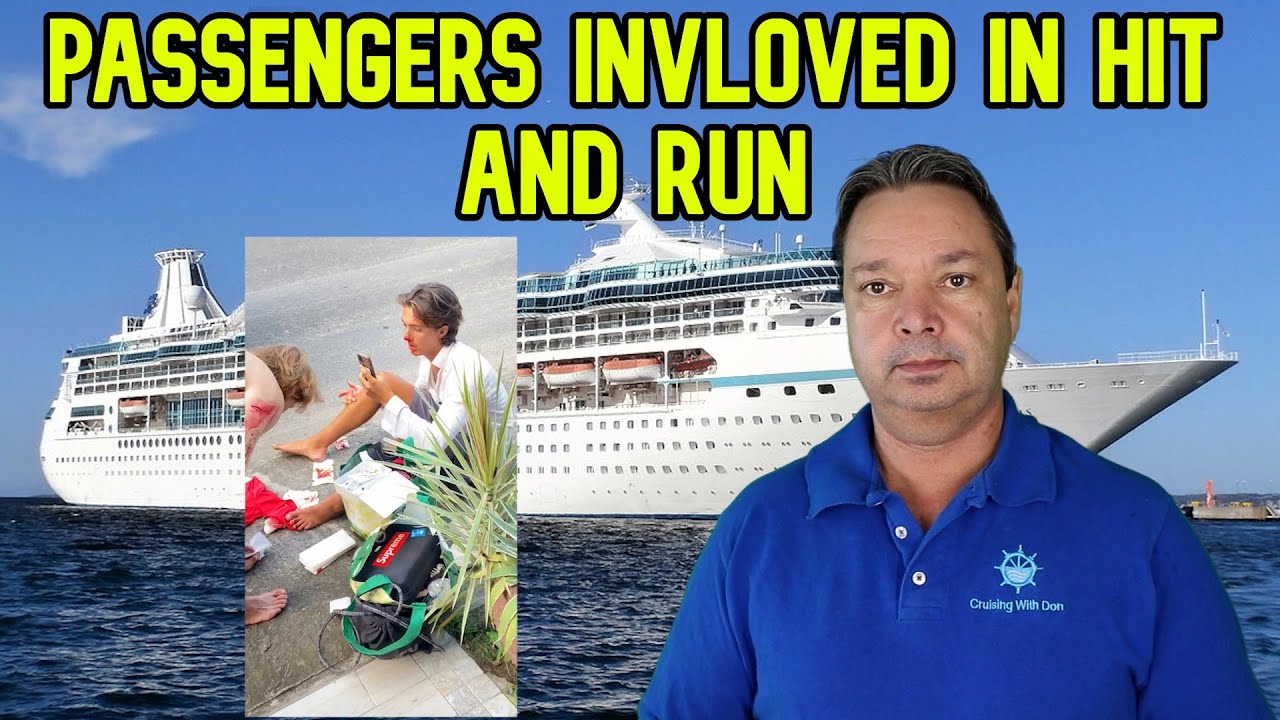
The missing person was identified as a 45-year-old male, a seasoned sailor with no known pre-existing medical conditions that would have impaired his ability to handle the situation. He was reportedly working on deck when the incident occurred. No personal items were recovered beyond some scattered debris possibly linked to the incident. A hypothetical timeline suggests he was last seen working near the stern, possibly caught off guard by a sudden wave or equipment malfunction.
Rescue Team Methodology and Coordination
The operation involved a coordinated effort between the Norwegian Coast Guard, local maritime rescue services, and other agencies. Different search and rescue techniques, including visual searches, sonar scanning, and the use of underwater remotely operated vehicles (ROVs), were employed and compared in their effectiveness. Key decision points included expanding the search area, shifting focus based on drift predictions, and ultimately calling off the search after exhausting all viable options.
A comprehensive communication system ensured effective coordination and information sharing among all teams involved. The rescue team followed established protocols, including initial response, search pattern establishment, resource allocation, and regular progress assessments.
Public Response and Media Coverage
The incident generated significant public interest and media coverage in Norway. Initial reports focused on the ongoing search effort, expressing hope for a positive outcome. As the search progressed without success, the tone shifted to one of concern and sadness. Authorities’ consistent updates on the search status helped manage public expectations.
So, the Norwegian rescue team called off the search for the man overboard – sadly, no luck there. It’s a tough situation, reminding me of the weight of loss, like the news we got about a world leader; you can read President Biden’s statement on that Statement from President Joe Biden on the Passing of Former Prime for more details.
Anyway, back to the search, the ocean’s a vast place, and these things are heartbreaking.
| Media Outlet | Initial Tone | Later Tone | Key Information Conveyed |
|---|---|---|---|
| NRK (Norwegian Broadcasting Corporation) | Hopeful, focusing on rescue efforts | Concerned, acknowledging the challenges | Regular updates on search progress, interviews with authorities |
| Aftenposten | Similar to NRK, emphasizing the scale of the operation | Reflective, discussing the difficulties of sea searches | Analysis of search methods, expert opinions |
| VG | Similar to other outlets | Focus on the emotional impact on the family | Interviews with family and friends, public reaction |
| Dagbladet | Similar to other outlets | Discussion on potential improvements to safety measures | Focus on safety regulations and preventative measures |
Post-Search Procedures and Analysis
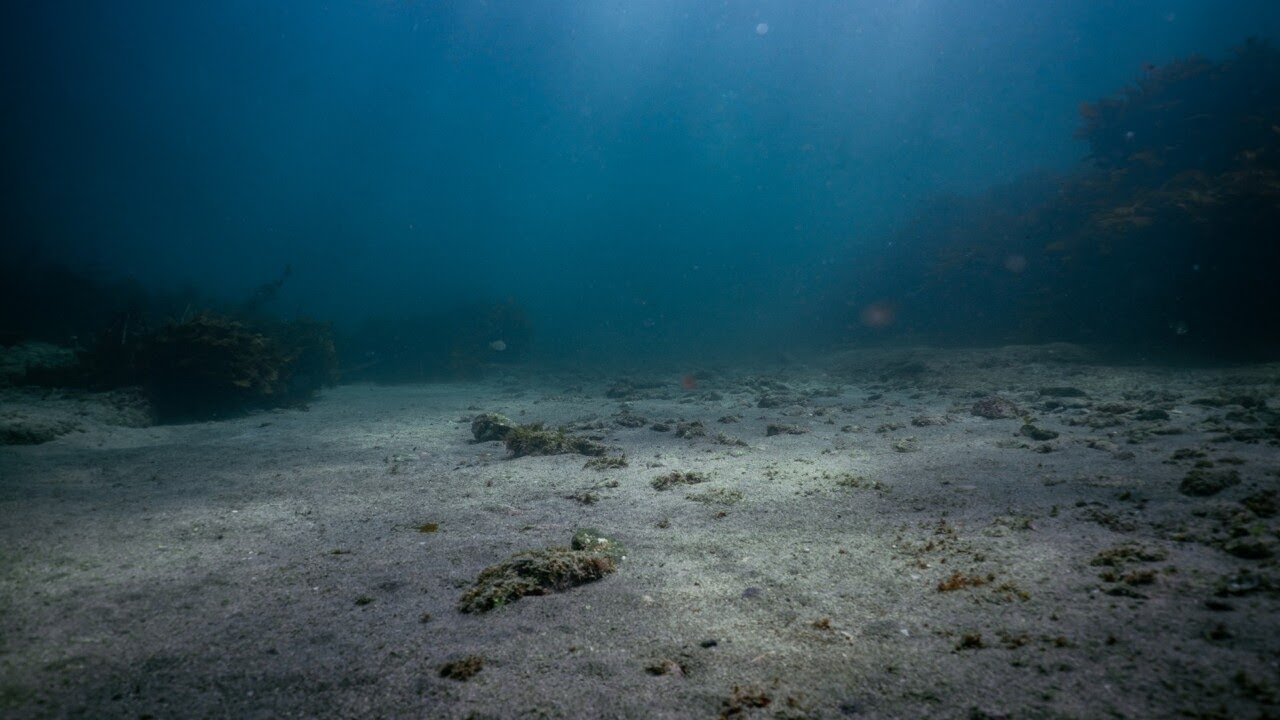
Following the conclusion of the search, a debriefing session was conducted involving all participating teams. The focus was on identifying areas for potential improvement in future operations. Support was provided to the family and friends of the missing person through grief counseling and other support services.
- Review of search patterns and their effectiveness.
- Evaluation of communication protocols and coordination between agencies.
- Assessment of the adequacy of resources deployed.
- Analysis of the impact of weather conditions and geographical factors.
- Development of recommendations for improved training and preparedness.
Illustrative Description of the Search Area, Rescue team ends search for a man overboard from Norwegian
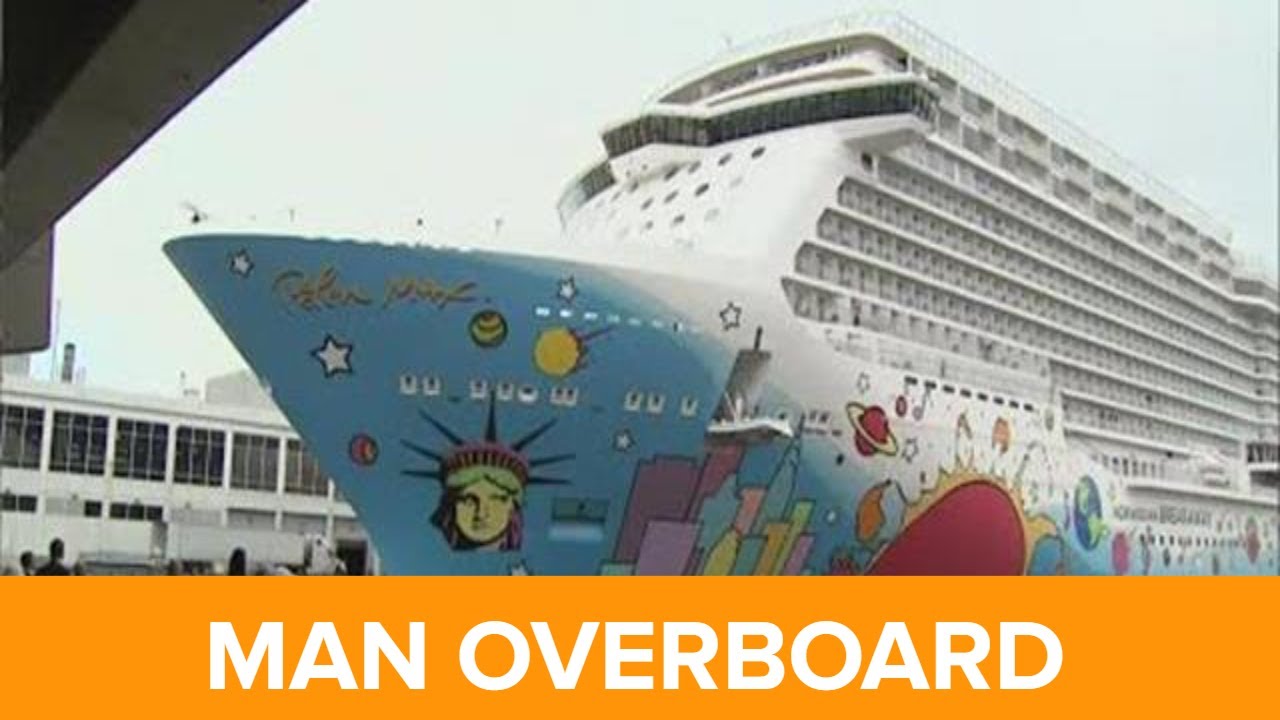
The incident occurred along the rugged and fjord-filled coastline of southern Norway. The area is characterized by steep cliffs, narrow inlets, and strong tidal currents. Water temperatures were relatively low, posing a significant risk of hypothermia. The weather during the search was predominantly characterized by strong winds, high waves, and reduced visibility due to heavy cloud cover. Numerous small islands and rocky outcrops presented navigational challenges and potential obstacles for search vessels.
Summary
The conclusion of the search for the man overboard from Norwegian underscores the importance of preparedness, efficient coordination, and the relentless efforts of rescue teams. While the outcome was unfortunately not the desired one, the meticulous search operation and subsequent analysis offer crucial lessons for improving future responses to similar incidents. The details shared provide a comprehensive understanding of the challenges and complexities involved in maritime search and rescue operations.
Frequently Asked Questions
What type of vessel was the man on before going overboard?
This information would be found in the detailed account of the incident, likely specified in section 2 of the Artikel.
What was the ultimate cause of the man going overboard?
The precise cause may remain undetermined. The investigation (section 2) should provide details, if available. It could range from an accident to unforeseen circumstances.
How long did the search last?
The search duration is detailed in section 1, outlining the timeline of the rescue operation.
Were any other vessels involved in the search besides the initial rescue team?
Section 1 describes the resources used, indicating if additional vessels participated in the search and rescue effort.
